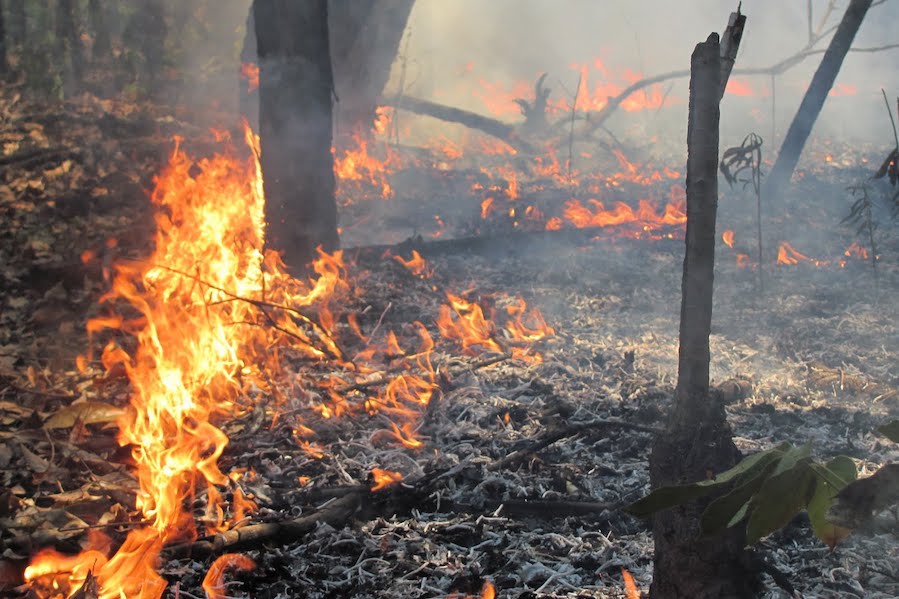
A new study authored by researchers from Florida State University and the University of Arizona is offering the first quantitative assessment of how lax deforestation policies, drought and forest fires have impacted biodiversity in the Amazon River basin.
FSU Assistant Professor of Geography Xiao Feng worked on the study published today in Nature while at the University of Arizona. Feng said the amount of data used in the study is unparalleled.
“This has been a huge collection of data and an unprecedented informatics effort associated with biodiversity data, and that allowed us to make these interconnections visible,” Feng said.
The study used records of more than 14,500 plant and vertebrate species to create biodiversity maps of the Amazon basin, a region about eight times the size of Texas. Overlaying the maps with historical and current observations of forest fires and deforestation over the past two decades allowed the team to quantify the cumulative impacts on the region’s species.
Researchers found that, since 2001, between 40,000 and 73,400 square miles of Amazon rainforest have been impacted by fires. Those fires have affected 95% of all Amazonian species and as many as 85% of the region’s species that have been identified as threatened.
Brian Enquist, professor at the University of Arizona’s Department of Ecology and Evolutionary Biology, said that biodiversity and a healthy ecosystem go hand in hand.
Enquist, the study’s senior author, said that deforestation policies have fueled increasing rates of deforestation that have deprived the Amazon of valuable time to recover.
Regulations enacted in Brazil in the mid-2000s slowed forest destruction, but a change in government in 2019 coincided with loosening policies that reversed this trend. In 2019, fires impacted between 1,640 to 4,000 square miles of forest, making it one of the most extreme years for biodiversity impact since deforestation limits were enforced in 2009.
“Policy has had a direct and enormous influence on the pace at which biodiversity across the entire Amazon has been affected,” Enquist said. “Even with policies in place, which you can think of as a brake slowing the rate of deforestation, it’s like a car that keeps moving forward, just at a slower speed. But in 2019, it’s like the foot was let off the brake, causing it to accelerate again.”
The Amazon basin supports around 40% of the world’s remaining tropical forests and plays a crucial role in regulating Earth’s climate via crucial ecosystem services such as scrubbing and storing carbon from the atmosphere.
The area is a reservoir of the planet’s biodiversity, providing habitats for one out of every 10 of the planet’s known species. Scientists have estimated that in the Amazon, 1,000 tree species can populate an area smaller than a half square mile.
The research was made possible by strategic investment funds allocated by the Arizona Institutes for Resilience at UArizona and the university’s Bridging Biodiversity and Conservation Science group. Additional support came from the National Science Foundation’s Harnessing the Data Revolution program. Data and computation were provided through the Botanical Information and Ecology Network, which is supported by CyVerse, the NSF’s data management platform led by UArizona.
This release was published in cooperation with the Office of University Communications at the University of Arizona.
"impact" - Google News
September 02, 2021 at 10:15PM
https://ift.tt/3gWoeJS
Study shows the impact of deforestation and forest burning on biodiversity in the Amazon - Florida State News
"impact" - Google News
https://ift.tt/2RIFll8
https://ift.tt/3fk35XJ
Bagikan Berita Ini
















0 Response to "Study shows the impact of deforestation and forest burning on biodiversity in the Amazon - Florida State News"
Post a Comment